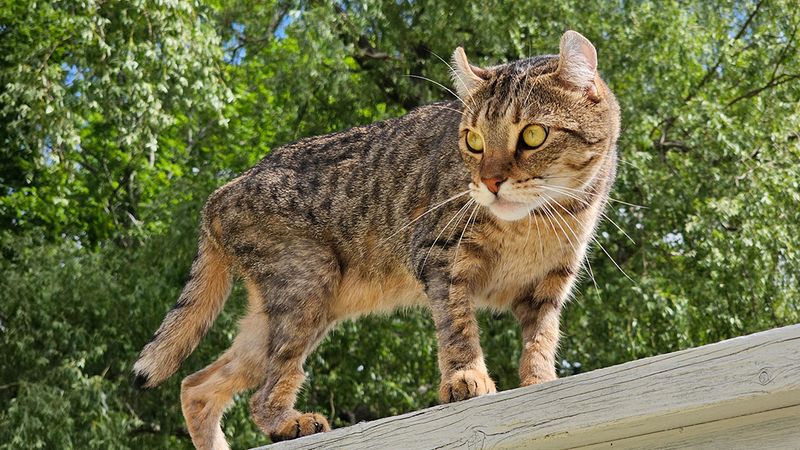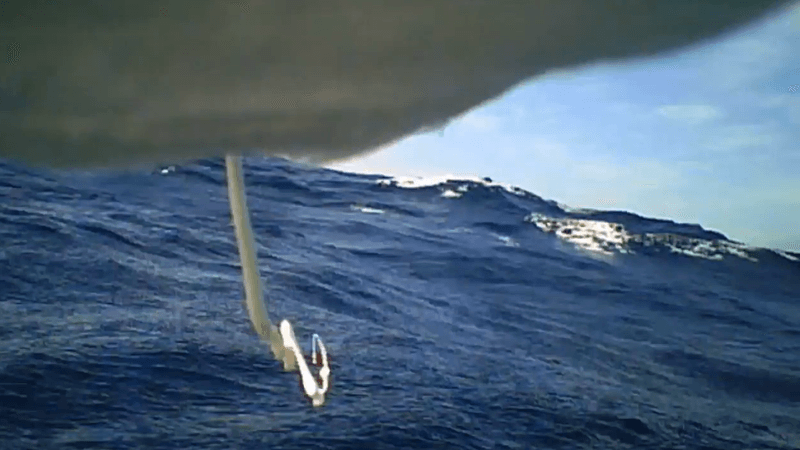Boxing and cheerleading collide in the case of the pom-pom crab (Lybia edmondsoni). Also known as the boxer crab, it has evolved to use the stinging power of anemones to its advantage by holding the venomous species Triactis producta in each claw.
The rest of this article is behind a paywall. Please sign in or subscribe to access the full content.The defense mechanism increases feeding opportunities for the anemone as it’s waved through the water, but there’s a price. If a boxer crab loses an anemone (there's no honor among thieves), it can rip the remaining one in half as a thrifty way of regaining a second pom-pom. Savage, but effective.
Now, for the first time, this process of “cloning” has been filmed and features in a new series from BBC Factual and Sir David Attenborough: Parenthood. Documenting the highs and lows of raising offspring, the series dives into the incredible ways different species have adapted to ensure the next generation survives long enough to carry on their legacy.
In the case of the boxer crab, that means resorting to fisticuffs with a set of gloves fashioned out of another living thing. A sequence in the new series shows how a boxer crab mother will wield anemones to protect her ~1,000 eggs, and if she loses one glove, she can just tear herself a new one.
As if being ripped in half wasn't bad enough for the anemone, this practice has resulted in T. producta having low genetic diversity; it causes the anemones to asexually reproduce, meaning they're all clones of each other. On the upside, previous research has suggested that living as a boxing glove for crabs does provide the anemones with more access to food and oxygen than they'd be able to get on their own.
Whilst their strength is mighty (albeit enhanced by their pom-poms), the boxer crabs themselves aren’t heavyweights when it comes to size, with a carapace reaching only 13 millimeters (0.5 inches). But what their body lacks in size, it more than makes up for with a snazzy exoskeleton, sporting thin black rings around the legs, and a colorful pattern of polygons on the carapace.
Hungry for more curious approaches to parenting? Parenthood airs on Sunday, August 3 at 7.20 pm BST on BBC One. All episodes will be available on BBC iPlayer.




